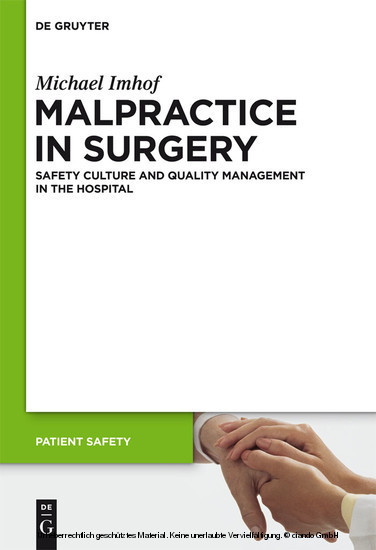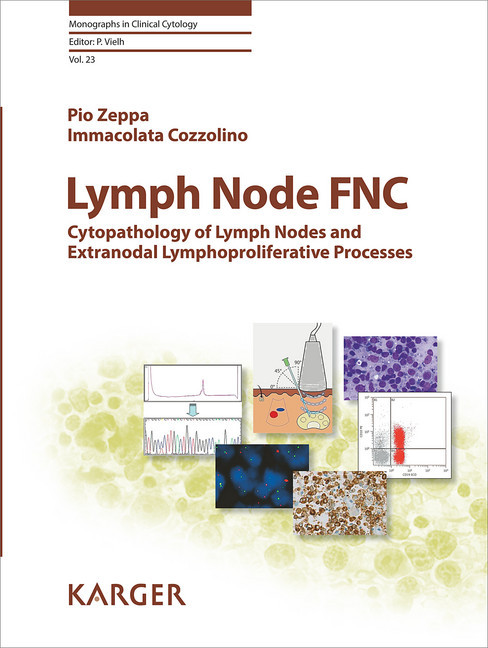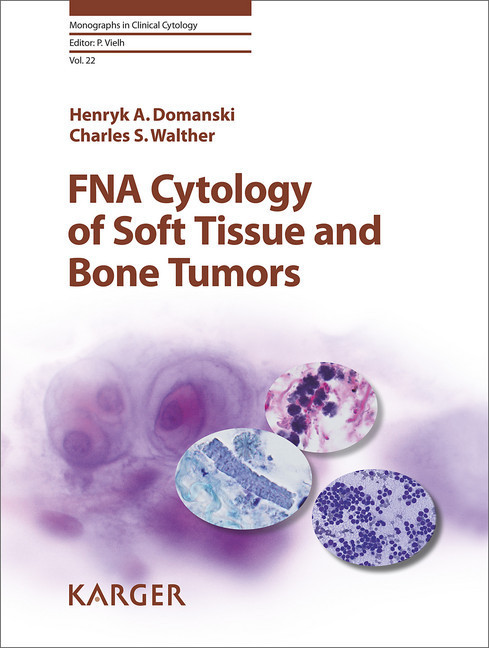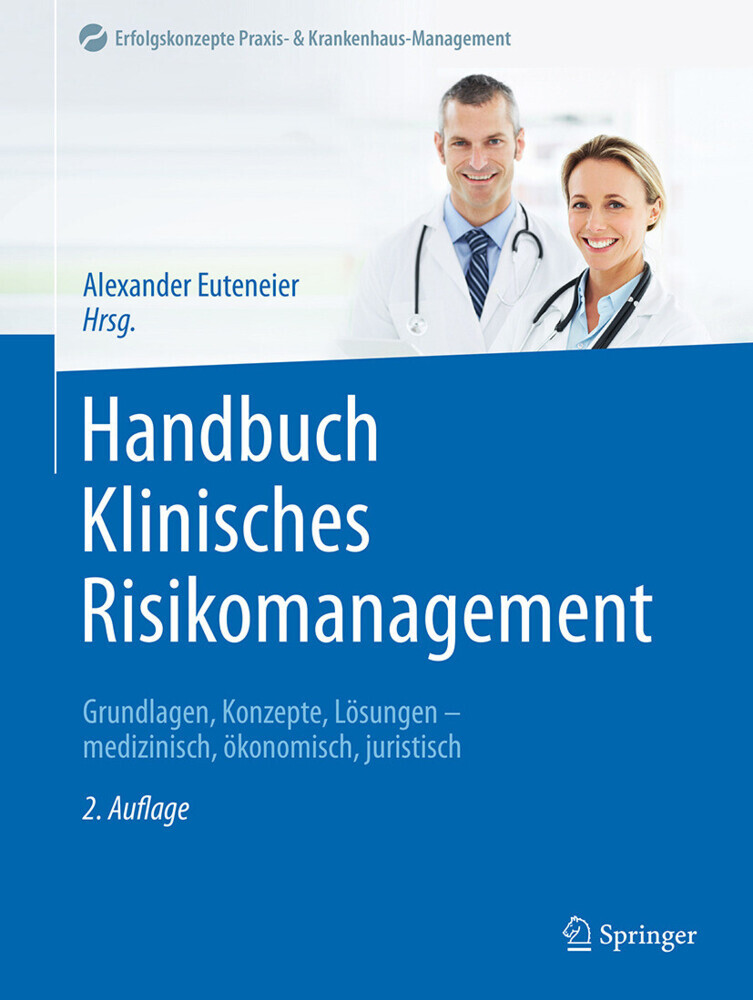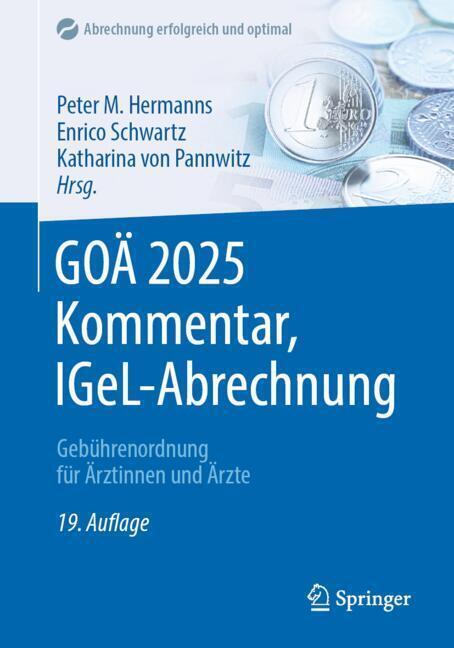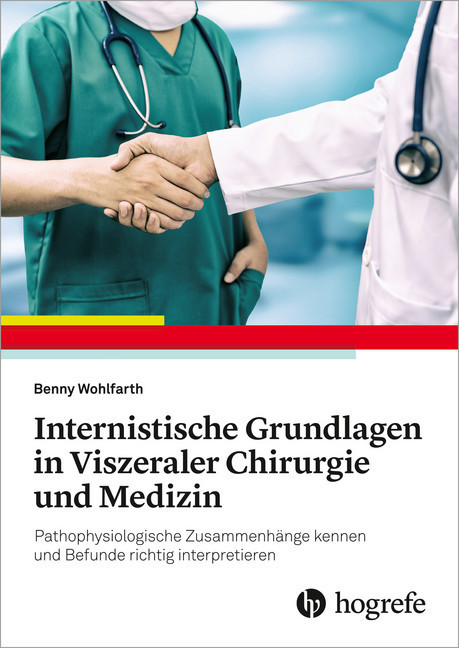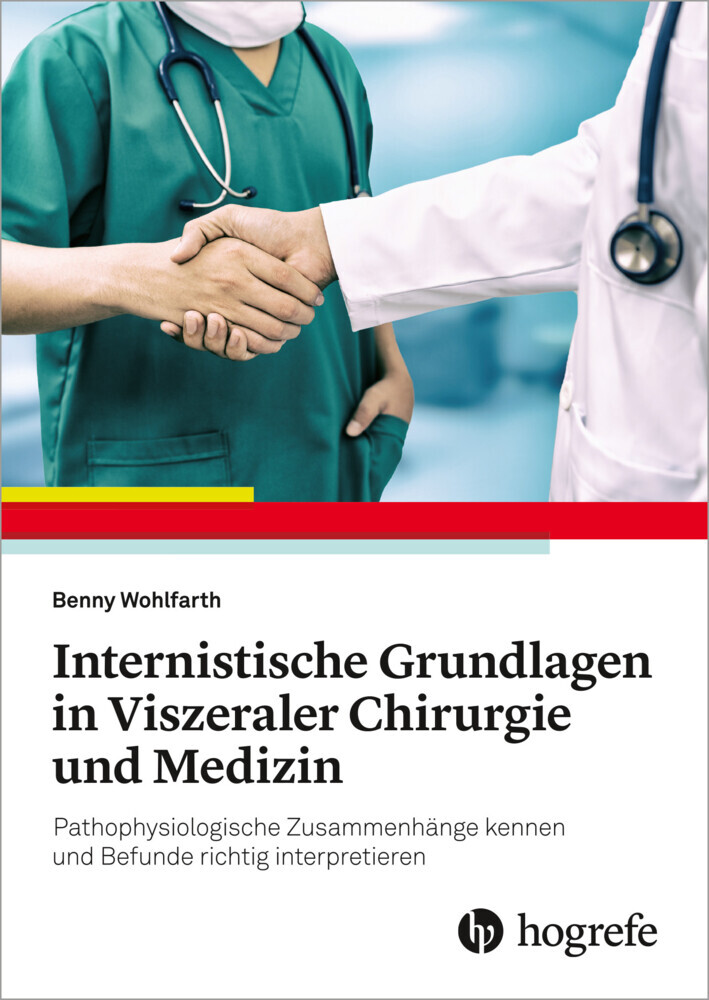Malpractice in Surgery
Safety Culture and Quality Management in the Hospital
The intensive care units record 1.7 medical errors per patient and day. The most affected disciplines are the operative disciplines, particularly surgery. Medical errors mainly occur when the indication for surgery is being made, during surgery and post-surgery. Suspicious oncological diagnostic results and post-operative complications are also often ignored.
This bookdeals with typical medical errors in surgery. It shows solutions and ways of dealing effectively with these errors and how to establish an efficient security management system.
Michael Imhof , Office for Medical and Scientific Expert Assessments, Würzburg, Germany.
1;Preface;9
This bookdeals with typical medical errors in surgery. It shows solutions and ways of dealing effectively with these errors and how to establish an efficient security management system.
Michael Imhof , Office for Medical and Scientific Expert Assessments, Würzburg, Germany.
1;Preface;9
2;Abbreviations;11
3;1 Principles of medical malpractice;15
3.1;1.1 Introduction;15
3.2;1.2 Notes concerning the history of medical malpractice;15
3.3;1.3 Defining malpractice;18
3.4;1.4 Statistical surveys;20
3.5;1.5 Summary;25
4;2 Errors, incidents and complications in general surgery;29
4.1;2.1 Introduction;29
4.2;2.2 Medical errors in laparoscopic cholecystectomy;29
4.2.1;2.2.1 Historical remarks;29
4.2.2;2.2.2 Statistics for medical complications;30
4.2.3;2.2.3 Complications specific to laparoscopic cholecystectomy;31
4.2.4;2.2.4 Surgical procedure, and possible causes of errors;34
4.2.5;2.2.5 Medical malpractice litigation after laparoscopic cholecystectomy;35
4.2.6;2.2.6 Informed consent;39
4.2.7;2.2.7 Real-life examples;39
4.2.8;2.2.8 Summary;41
4.3;2.3 Risks and possible errors related to minimally invasive or laparoscopic surgery;41
4.3.1;2.3.1 Introduction;41
4.3.2;2.3.2 Fundamentals underlying the technical standard and potential errors;41
4.3.3;2.3.3 Real-life examples;45
4.3.4;2.3.4 Summary;47
4.4;2.4 Complications and possible errors in inguinal hernia treatment;47
4.4.1;2.4.1 Introduction;47
4.4.2;2.4.2 Fundamentals of inguinal hernia surgery;48
4.4.3;2.4.3 Informed consent;49
4.4.4;2.4.4 Intra- and postoperative errors and complications;49
4.4.5;2.4.5 Real-life examples;52
4.4.6;2.4.6 Summary;54
4.5;2.5 Complications and errors in the surgical treatment of benign thyroid disorders;55
4.5.1;2.5.1 Introduction;55
4.5.2;2.5.2 Fundamentals of the surgical treatment of struma;55
4.5.3;2.5.3 Informed consent;56
4.5.4;2.5.4 Remarks concerning the surgical technique;56
4.5.5;2.5.5 Technical errors and complications;58
4.5.6;2.5.6 Prospects for new minimally invasive techniques;58
4.5.7;2.5.7 Real-life examples;59
4.5.8;2.5.8 Summary;60
4.6;2.6 Complications and errors arising in the diagnostics and treatment of acute appendicitis;60
4.6.1;2.6.1 Introduction;60
4.6.2;2.6.2 Fundamentals;60
4.6.3;2.6.3 Remarks concerning the surgical technique;62
4.6.4;2.6.4 Errors and complications;63
4.6.5;2.6.5 Real-life examples;64
4.6.6;2.6.6 Summary;64
4.7;2.7 Anastomotic insufficiency in the gastrointestinal tract as a frequent source of malpractice claims;65
4.7.1;2.7.1 Introduction;65
4.7.2;2.7.2 Fundamental concepts;65
4.7.3;2.7.3 Anastomotic leaks in the upper gastrointestinal tract;67
4.7.4;2.7.4 Errors and management of complications;68
4.7.5;2.7.5 Real-life example;69
4.7.6;2.7.6 Anastomotic leakage in the lower gastrointestinal tract - errors and risks;70
4.7.7;2.7.7 Examples of liability issues;71
4.7.8;2.7.8 Summary;73
4.8;2.8 Diagnostic and therapeutical errors in the treatment of acute abdomen;73
4.8.1;2.8.1 Introduction;73
4.8.2;2.8.2 Fundamentals;73
4.8.3;2.8.3 Malpractice claims and complications related to peritonitis and abdominal sepsis;76
4.8.3.1;2.8.3.1 Peritonitis with abdominal sepsis;76
4.8.4;2.8.4 Real-life examples;78
4.8.5;2.8.5 Ileus;80
4.8.6;2.8.6 Malpractice claims related to surgical ileus treatment;82
4.8.7;2.8.7 Real-life examples;82
4.8.8;2.8.8 Mesenteric ischemia;84
4.8.8.1;2.8.8.1 Diagnostic and therapeutic errors related to mesenteric ischemia;84
4.8.9;2.8.9 Real-life example;85
4.8.10;2.8.10 Summary;86
5;3 Retained surgical foreign bodies;107
5.1;3.1 Introduction;107
5.2;3.2 The issue of retained surgical foreign bodies;107
5.3;3.3 Risk management related to the prevention of RSFBs;109
5.4;3.4 Real-life examples;110
5.5;3.5 Summary;111
6;4 Quality management related to wrong-site surgery;115
6.1;4.1 Introduction;115
6.2;4.2 Statistical surveys;115
6.3;4.3 Root cause analysis;117
6.4;4.4 Risk management related to the prevention of WSPEs;119
6.5;4.5 Summary;122
7;5 Towards a preventive safety culture within the hospital;125
7.1;5.1 Introduction;125
7.2;5.2 Safety culture;125
7.3;5.3 Error management as part of quality management in the hospital;126
7.4;5.4 Error classification;128
7.5;5.5 The JCAHO
Imhof, Michael
Blondel, Constantijn
| ISBN | 9783110271607 |
|---|---|
| Artikelnummer | 9783110271607 |
| Medientyp | E-Book - PDF |
| Copyrightjahr | 2013 |
| Verlag | Walter de Gruyter GmbH & Co.KG |
| Umfang | 184 Seiten |
| Sprache | Englisch |
| Kopierschutz | Digitales Wasserzeichen |

